Orbiters spy potential ongoing planetary “death spiral”.


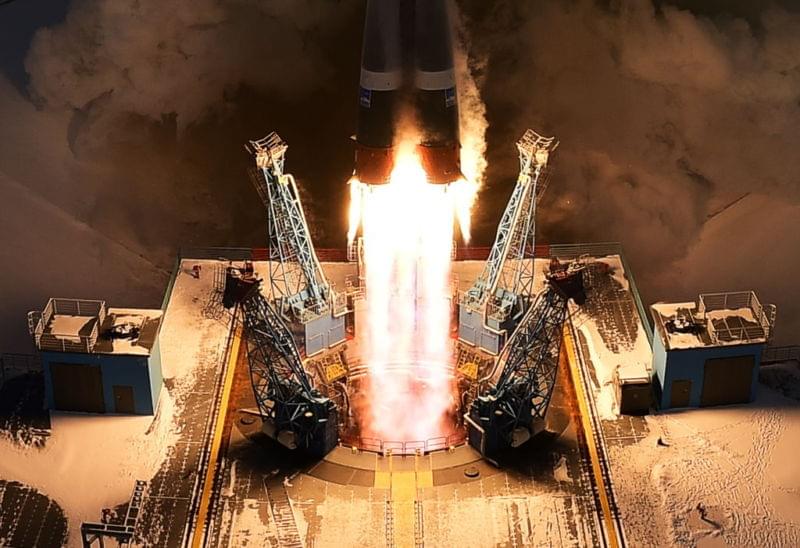
Roscosmos launched a new docking node module to the International Space Station (ISS) on Wednesday, November 24 at 13:06 UTC / 8:06 am EST.
Launching from the Baikonur Cosmodrome in Kazakhstan, the module will add additional docking ports to the Russian Segment of the station to provide options for future expansion but is the final Russian model planned for the outpost.
Background
The original design for the Russian Segment of the ISS called for a Universal Docking Module (UDM) to expand the Russian Segment’s available docking ports for the addition of future modules. This module was canceled early in the ISS program due to budget issues.
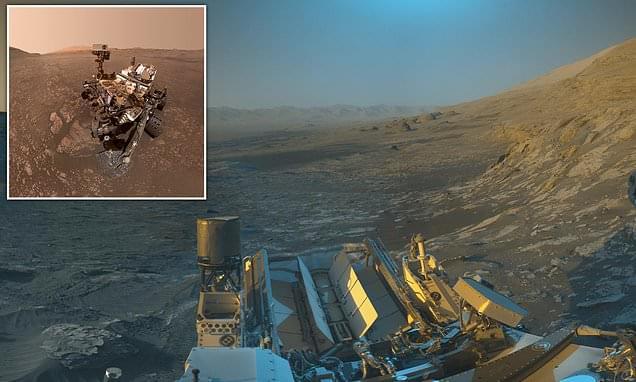
NASA’s Curiosity rover has marked the 10th anniversary of its launch to Mars by sending back a spectacular ‘picture postcard’ from the Red Planet.
The robotic explorer snapped two black and white images of the Martian landscape which were then combined and had colour added to them to produce the remarkable composite.
Curiosity, which launched to the Red Planet almost exactly 10 years ago on November 26, 2011, took the pictures from its most recent perch on the side of Mars’ Mount Sharp.


The ability to precisely control and change properties of a photon, including polarization, position in space, and arrival time, gave rise to a wide range of communication technologies we use today, including the Internet. The next generation of photonic technologies, such as photonic quantum networks and computers, will require even more control over the properties of a photon.
One of the hardest properties to change is a photon’s color, otherwise known as its frequency, because changing the frequency of a photon means changing its energy.
Today, most frequency shifters are either too inefficient, losing a lot of light in the conversion process, or they can’t convert light in the gigahertz range, which is where the most important frequencies for communications, computing, and other applications are found.
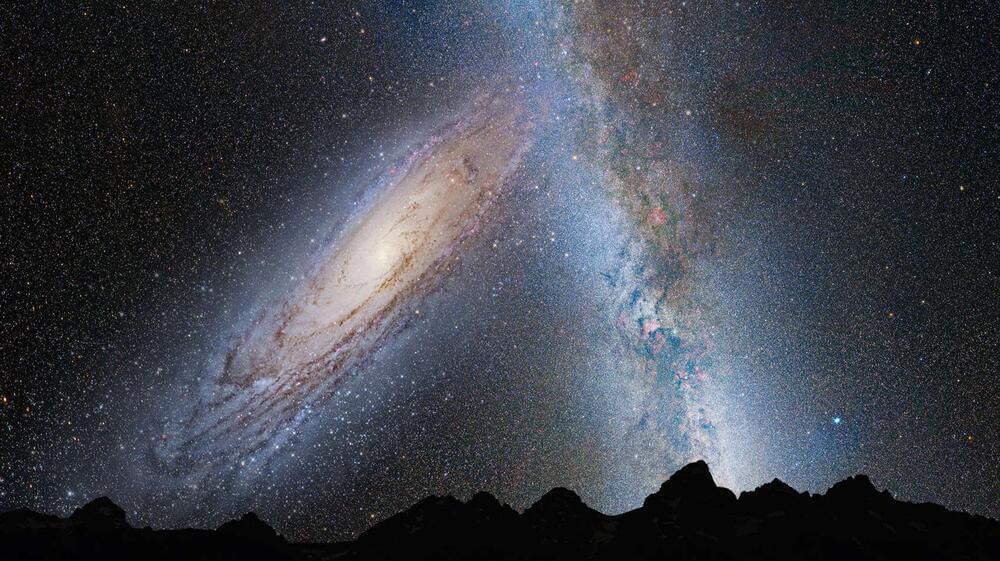
In 2012, astronomers announced a startling result: The had used Hubble to very carefully measure the motion of the Andromeda galaxy, and found that it appeared to heading very nearly directly toward the Milky Way at 100 kilometers per second. They predicted that in about 4 billion years the two galaxies would collide, and chaos would ensue.
In 2019, an update to the measurements indicated that Andromeda was sliding to the side a little bit more than previously thought, delaying the inevitable collision by about 600 million years.
But now new results have been published using updated data, and they imply that Andromeda’s sideways motion still higher yet. If true, it’s possible that Andromeda could miss the Milky Way entirely on this pass.
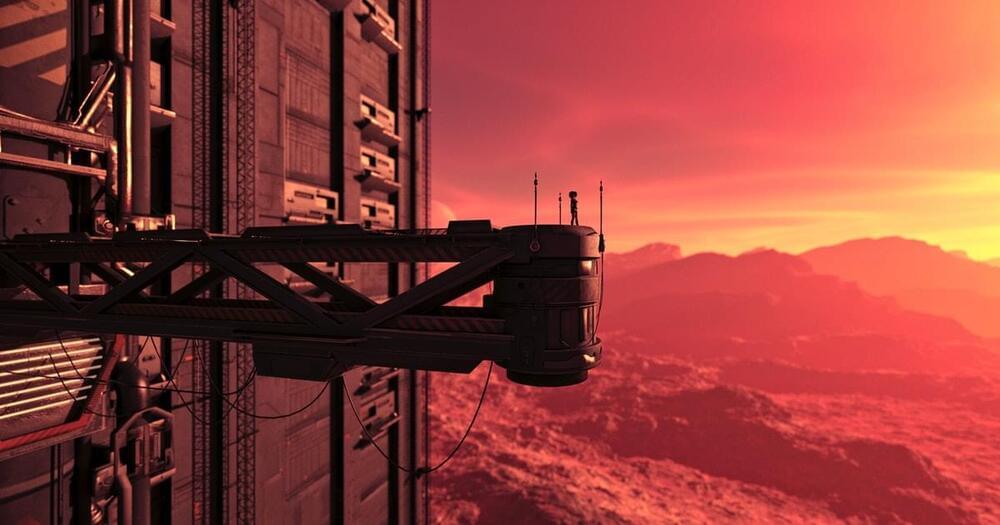
There are lots of potential uses for a Mars colony. While drinking water is a big one, just as important is creating rocket fuel out of hydrogen.
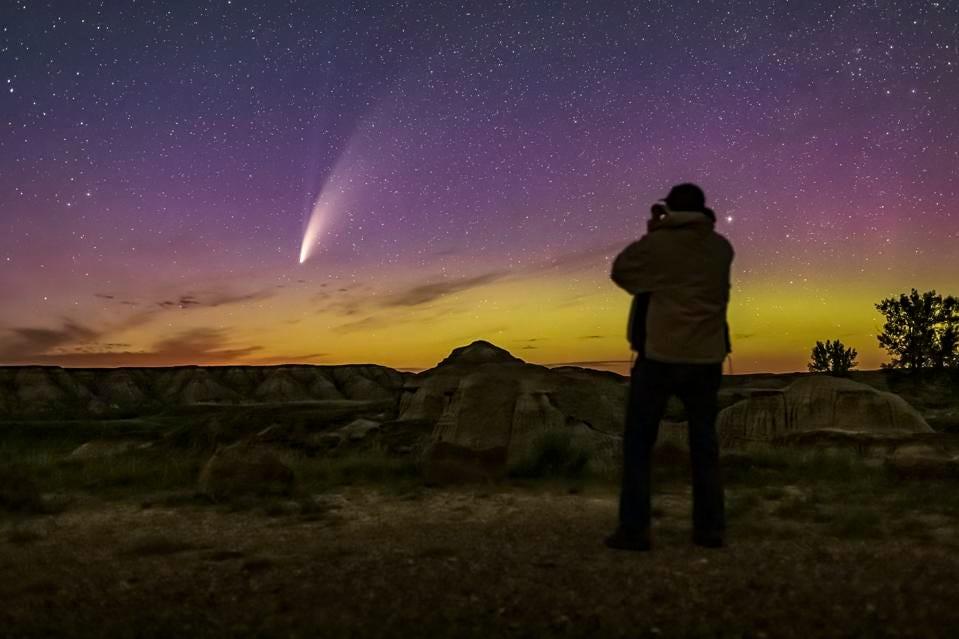
Have you seen C/2021 A1 (Leonard) —a.k.a. “Comet Leonard”—yet? Discovered on January 3, 2021 by Greg Leonard, a senior research specialist at Arizona’s Mount Lemmon Observatory, Comet Leonard is potentially going to become an object visible to binocular and even naked eyes. It’s predicted to reach around magnitude 4 or brighter in December 2021 (for the latest, follow it on Twitter).
It will get closest to the Earth to be super-bright on December 12, 2021, but by then it’s going to be fairly low in the sky. So your best chance is to get up early—about 90 minutes before sunrise—during early December and look east.
Arm yourself with either a small telescope or any pair of binoculars to maximize your chances.
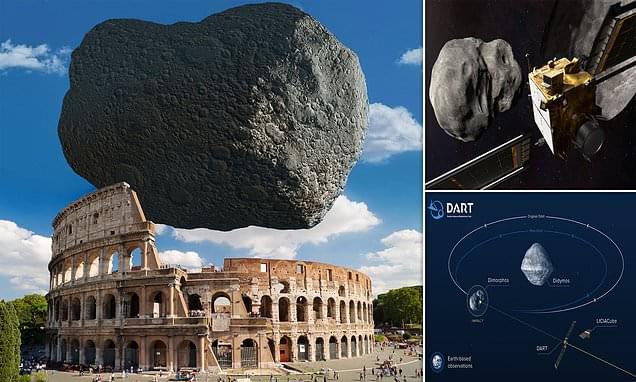
NASA’s box-shaped space probe will launch aboard a SpaceX Falcon 9 rocket on Tuesday, November 23 from Vandenberg Space Force Base in California. Less than a year later it will hit its target.
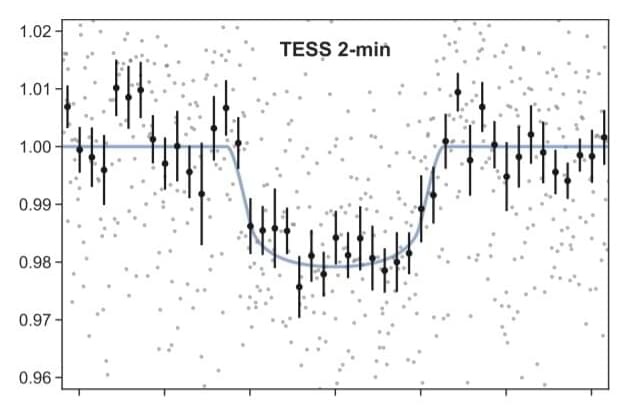
Using NASA’s Transiting Exoplanets Survey Satellite (TESS), an international team of astronomers has detected a new sub-Neptune exoplanet orbiting an M dwarf star. The newly found extrasolar world, designated TOI-2406 b, is nearly three times larger than the Earth. The discovery is reported in a paper published July 29 on arXiv.org.
TESS is conducting a survey of about 200,000 of the brightest stars near the sun with the aim of finding transiting exoplanets. So far, it has identified over 4,400 candidate exoplanets (TESS Objects of Interest, or TOI), of which 144 have been confirmed so far.
Recently, a team of astronomers led by Robert Wells of the University of Bern in Switzerland confirmed a new TESS planet around the star known as TOI-2406 (or TIC 212957629). TESS observed TOI-2406 in 2018 and 2020, which resulted in the detection of a transit signal in the light curve of this object. The planetary nature of this signal was confirmed by follow-up photometric and spectroscopic observations using various ground-based telescopes.